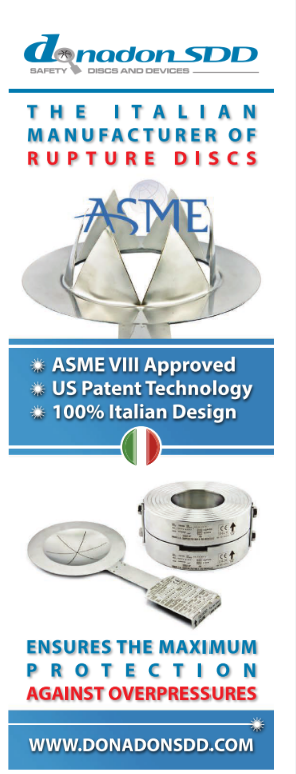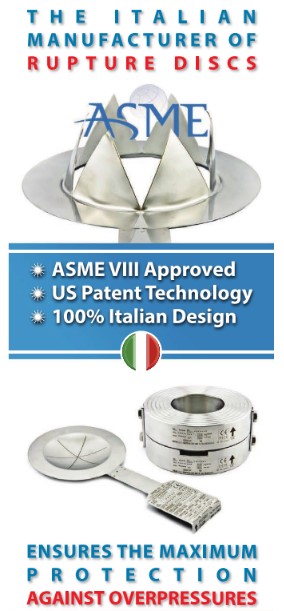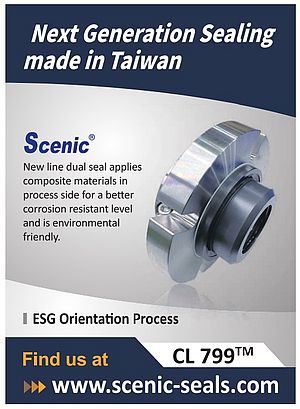Registration, Evaluation, and Authorisation of Chemicals (REACH) regulations are playing a major role in driving the European oleochemicals market which has otherwise attained maturity. These regulations are encouraging customers to consider using sustainable and eco-friendly oleochemicals. Oleochemicals are bio-compatible equivalents of petrochemicals. .
New analysis from Frost & Sullivan "Analysis of the European Oleochemicals Market", finds that the market earned revenues of $3.9 billion in 2011 that is projected to top $4.5 billion by 2018, corresponding to a CAGR of 1.9 percent (2011-2018).
“The need to replace petrochemical derivatives with natural alternatives is expected to keep growth rates positive throughout the forecast period,” noted Frost & Sullivan Chemicals & Materials Senior Research Analyst Nandhini Rajagopal.
“Oleochemicals and their derivatives have gained significance because of their functional efficiency, performance, sustainability and biodegradability,” commented Shomik Majumdar, Vice President, Chemicals.
Oleochemicals are helping customer product manufacturers adhere to REACH regulations and reduce their carbon footprint. In addition, these naturally sourced chemicals ensure a higher degree of product safety.
As a result, they are being increasingly preferred over petrochemicals for use in products like cosmetics and detergents. Their multiple benefits are also underlining their appeal to an expanding application base ranging from plastics and personal care to soaps and detergents, food, pharmaceuticals, coatings and rubber.
Overcapacity and fluctuating prices of common raw materials (like tallow, soybean oil, palm and palm kernel oil, coconut oil, and rapeseed oil), used in the manufacture of oleochemicals, are the two major challenges constraining market growth.
“Backward integration with plantation or agri-business groups and vertical integration in the value chain across customer product manufacturing companies will help to synergise oleochemical manufacturer’s strengths, enabling them to overcome price fluctuations and remain stable,” said Rajagopal. “Such alliances have been successful for the largest companies in the market, like Emery Oleochemicals group, and could be replicated by other participants.
Oleochemicals to benefit
from demand for sustainable chemicals
- December 3, 2012
- 120 views

























































